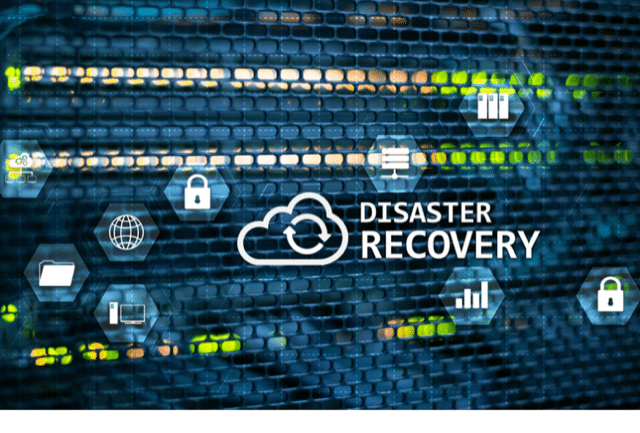The rise of remote work since the COVID-19 pandemic has been both a blessing and a curse for many employers. Although enabling employees to work remotely has brought benefits in terms of greater satisfaction and work-life balance, it has also introduced some risks. Namely, the potential for data security to be compromised. When your office is decentralized, with dozens of workers using different networks, there’s a stronger possibility of weak spots that can be exploited by cybercriminals.
To counteract this, it’s up to you to create a strong backup and disaster recovery (BDR) plan for your remote workforce. This can help you recover faster in the event of a data breach, but more importantly, it can prevent many such incidents from occurring in the first place.
For example, you should make sure your employees are using good security practices while they work from home or wherever they may be. This includes strongly encouraging employees to use robust passwords that are changed on a regular basis. You also should provide workers with secondary Internet connections that utilize VPNs to further secure data traffic. The data employees send should be backed up in multiple locations, such as to the cloud as well as your own internal servers. In case of emergencies, workers should have secondary power sources such as power blocks that they can connect their devices to if the electricity is shut off at their location.
With the freedom of working at home comes some additional responsibilities to keep your precious data safe and secure. For more ideas about developing a BDR plan for your business, please see the accompanying resource.
Infographic created by MXOtech, a network management solutions provider














Leave a Reply